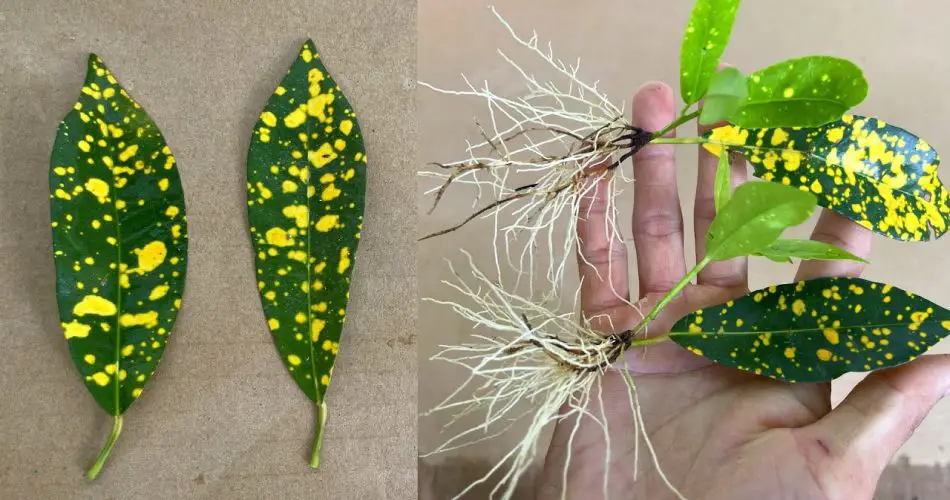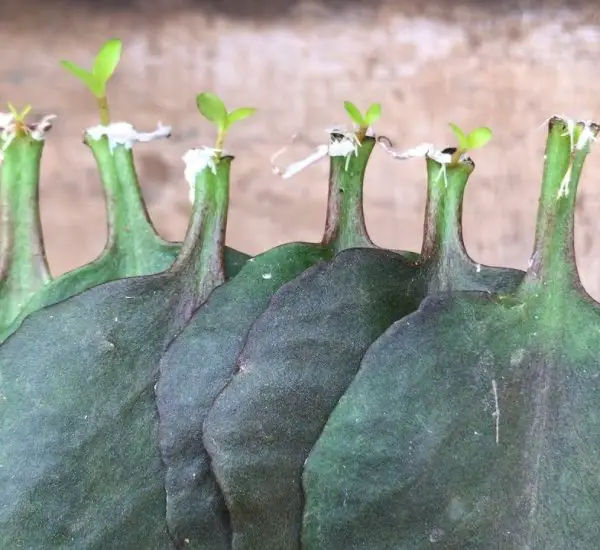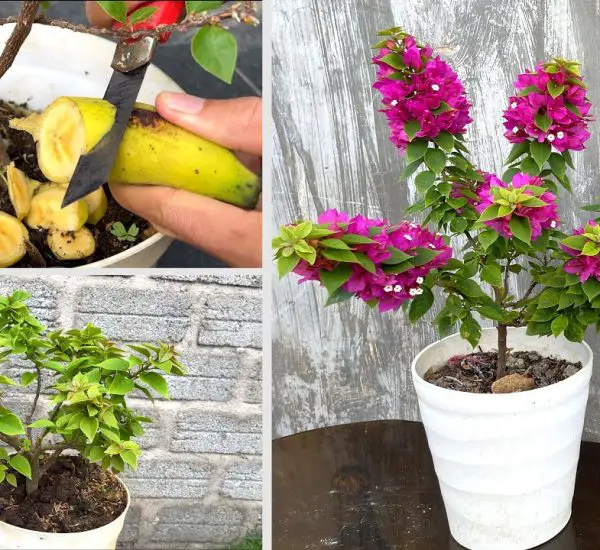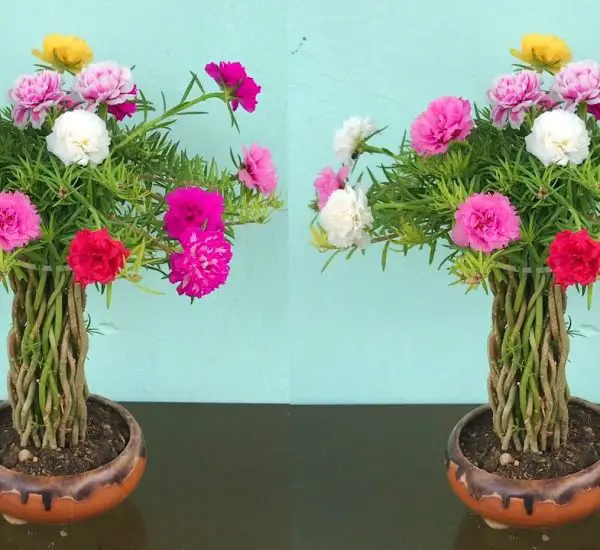Have you ever wondered if it’s possible for a leaf to grow into a tree? It sounds like something out of a fairy tale, but in reality, it is a fascinating natural process that can happen with the right conditions. Some plants have the remarkable ability to grow from leaves, and in some cases, those leaves can eventually become full-fledged trees. This process is known as vegetative propagation, and it can be an exciting way to grow new plants from existing ones.
In this article, we will explore how leaves can grow into seedlings and eventually develop into trees, covering the basics of this process, examples of plants that can do it, and the steps you can take to try this technique in your own garden.
What Is Vegetative Propagation?
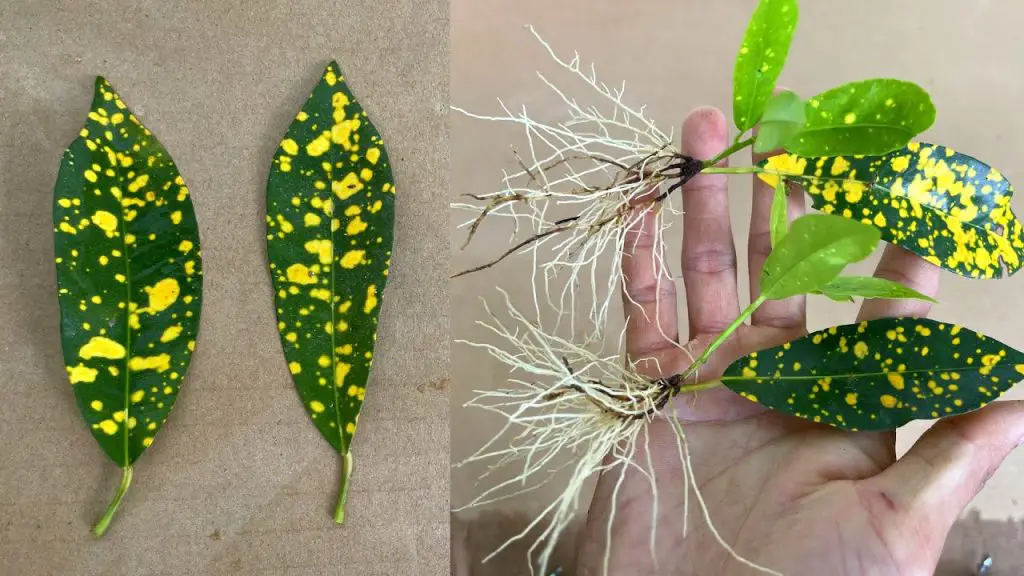
Vegetative propagation is a method of asexual reproduction in plants, where new individuals are produced without the need for seeds. This can occur through various plant parts, such as roots, stems, and leaves. When a plant reproduces through vegetative propagation, it creates a genetically identical clone of the parent plant.
One of the most fascinating forms of vegetative propagation is when leaves themselves can sprout new roots and grow into full-grown plants, or even trees. This process is natural in some plant species and can also be replicated by gardeners to propagate their favorite plants.
How Do Leaves Grow into Seedlings?
When a leaf detaches from a mature plant and is placed in the right environment, it can sometimes produce roots and start to grow into a seedling. This happens because certain leaves have specialized tissues that can transform into new growth.
For this to happen, the leaf needs to be in a warm, moist environment with enough light, but not too much direct sun, which could cause it to dry out. Over time, the leaf will begin to grow small roots and eventually produce new shoots that develop into a full-fledged plant.
For some species, the process is incredibly efficient. The leaf can even develop into a whole tree if given the right care, nutrients, and conditions. This unique ability is seen in a number of plants that naturally propagate themselves in this way.
Examples of Plants That Can Grow from Leaves
- Begonias: Many species of Begonias can propagate from their leaves. By cutting a healthy leaf and placing it on a moist surface, you may start to see new shoots emerge from the veins, eventually growing into baby plants.
- African Violets: African violets are famous for their ability to grow from leaves. Simply cut a healthy leaf and place it in soil or water, and it will grow roots that turn into a new plant.
- Kalanchoe: Kalanchoe plants, especially Kalanchoe daigremontiana (commonly known as the “Mother of Thousands”), can produce plantlets from the edges of their leaves. These small plantlets can eventually grow into full plants, capable of becoming trees in certain conditions.
- Succulents: Many succulent plants, such as jade plants and sedums, can grow from leaf cuttings. After placing a leaf in soil, new roots and shoots emerge, gradually forming a new plant.
- Grape Vines: Some grapevines can also propagate from leaf cuttings, especially in the case of rootstock varieties. By carefully placing a leaf in moist soil, roots and shoots will start to develop.
How to Grow Trees from Leaves: A Step-by-Step Guide
If you’re excited to try growing a tree from a leaf, here’s a simple guide to get you started:
Step 1: Choose the Right Plant
First, make sure you choose a plant species known for growing from leaves. Succulents, Begonias, and some varieties of fruit trees (like figs and papayas) are great examples.
Step 2: Cut a Healthy Leaf
Use a sharp knife or scissors to carefully cut a healthy leaf from the parent plant. Make sure the leaf is mature, free of diseases, and undamaged. The cut should be clean to avoid damaging the leaf.
Step 3: Prepare the Growing Environment
Prepare a moist environment by either placing the leaf in a container of water or planting it in a small pot with well-draining soil. For water propagation, make sure the leaf is fully submerged, but not the entire stem.
Step 4: Provide the Right Conditions
Place the container in a location with bright, indirect sunlight. Keep the environment humid, and ensure the soil or water remains moist but not waterlogged.
Step 5: Watch for Root and Shoot Development
Over time, the leaf should begin to develop roots and new shoots. This can take several weeks, depending on the species and environmental conditions. Once the seedling has grown large enough, you can transplant it into a larger pot or directly into the ground.
Step 6: Care for Your New Tree
Once your new plant starts growing, continue to care for it by providing enough light, water, and nutrients. If you’re growing a tree, ensure it has space to spread its roots and grow tall.
Conclusion: The Magic of Growing Trees from Leaves
It’s truly fascinating to witness how a simple leaf can grow into a new tree. By understanding the process of vegetative propagation, you can successfully create new plants from leaves, allowing you to expand your garden, share plants with friends, or even grow new trees.
Next time you come across a healthy leaf, try using it to propagate a new plant and watch as it transforms into a thriving, beautiful tree. With patience and the right conditions, you’ll be amazed at how nature can turn a single leaf into a full-grown plant, ready to blossom and thrive.
